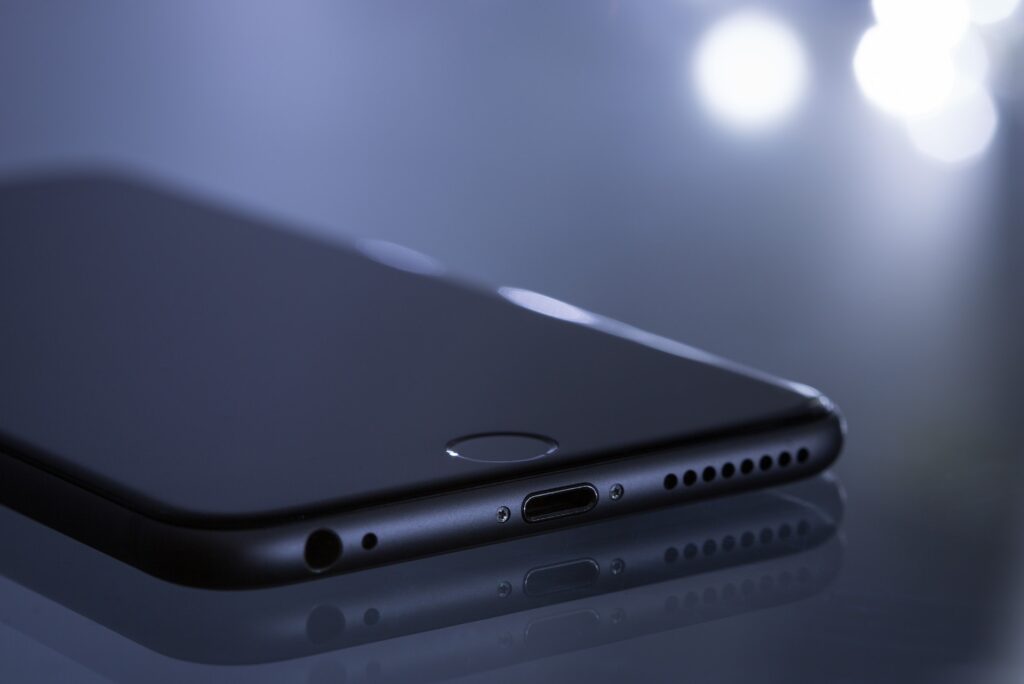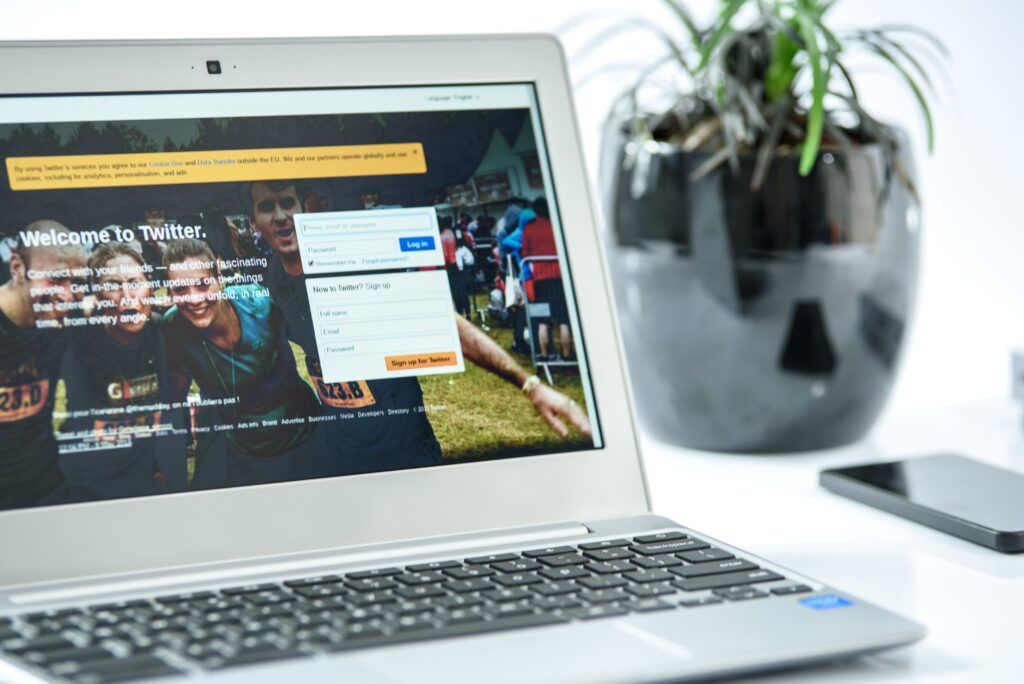Android users of yester years have always been wishing and looking forward to a day when their smartphones would be able to double up as full-fledged Android Desktops computers. Although Samsung and Motorola have taken a step toward realizing this vision through their respective desktop modes, Google itself has stayed out of this play for a long time. That is changing now, and it’s exciting news for anyone who has ever wished that they could use their phone as a substitute for a desktop computer.
In this post, we explore some signs Google finally wants to take Android on the desktop seriously, what it will mean for the user, and why I am so excited by what is promised.
Android Desktop Mode: The Long-Hidden Secret
Believe it or not, Android has harbored an incipient desktop mode buried away since Android 10. Developer settings have kept the feature hidden, allowing specific phones to project a desktop-like interface over an external display through a USB-C port. Most users have been kept in the dark for years.
Curious about how to get to this hidden mode? Check out this link to see more detailed steps for getting the Android developer options enabled. Samsung’s Dex and Motorola’s Ready For have done a fine job of bringing a more polished desktop environment. Android’s native desktop mode, however, has always felt more like a work in progress—more of a proof of concept than a fully fleshed out feature.
Changes: Pixel 8 and External Display Mirroring
Fast forward to early 2024, and Google finally begins to take Android desktops seriously. The new Pixel 8 models are now capable of mirroring their displays to other monitors, lapdocks, TVs, and even AR glasses. This requires only a USB-C or HDMI cable into the operating device by way of a USB-C dock.
With display mirroring, for example, you can get what feels like a significant step forward from your phone, but it’s still not a full desktop. First of all, I think the aspect ratio between your phone and the other screen will be different, so there will be many black bars around the edge of the screen, and things will look disjointed. Worse, the other screen will also need to remain on; if it goes into a low-power state or blanks due to inactivity, it’s gone.
Although this step poses limitations, the message has reached: Google is no longer keeping users from experimenting with Android as full-fledged replacement for desktop. Starting today, one can enjoy using a Pixel phone as a mini-computer using the hidden desktop mode of Android and third-party tools that can install it.
If you’re interested in having the necessary equipment, Google has now made available a USB-C to HDMI adapter that’s straight-up bought through their store, making getting set up with external monitors very easy.
Windowed Apps and the Future of Android Desktops
Google doesn’t stop there with basic mirroring. Android 15 beta introduces windowed apps: android apps may now be used quite similarly to how one might use software on more traditional desktop operating systems, such as Windows and macOS. That’s a huge step towards making Android desktops more functional and flexible.
Updates also gave some much-needed features to Pixel Tablet users: the ability to resize apps is becoming incredibly more fluid. But here, too, windowing of apps can sometimes feel like a hit-or-miss proposition; many Android applications have been tailored to phone-sized screens, and sometimes an app is resolutely resistant to being scaled up. Yet this new functionality opens the door for a new host of companies to create their own desktop modes, supported directly in Android’s open-source code.
If you’ve been using Samsung DeX on devices like the Galaxy Z Fold 5, you already know what I’m talking about. Samsung has supported moving window positions and even freeform resizing availability on Android since the dawn of DeX on devices not connected to an external display. Now that Google is finally signalling in support of this feature, it’s only going to get better for everyone.
Why Google Is Getting Serious About Android Desktops
One of the strongest indicators that Google is serious about Android desktops is its willingness to sell its own USB-C to HDMI cable. That’s not a random accessory-it’s precisely designed to connect your Pixel phone to an external display. The fact that Google is now touting this as a feature underlines that Android desktops are a legitimate use case and that the company should be ready to embrace them at last.
Of course, that’s no guarantee that it won’t kill off this project altogether, just like with most others in the past. Still, with the launch of official accessories and desktop-like capabilities for Android 15, Google is clearly dedicated to offering Android users more flexibility over their cell phone use.
What is in store for Android Desktops?
As it stands now, though, Google has nothing official to say about whether desktop mode will finally materialize as a fully realized feature in Android 15 or even Android 16. The company has yet to make an official statement on the matter, leaving everyone to guess what the future might bring. Maybe it is the pushback? Google cannot push desktop mode too hard for fear that it might cannibalize Chromebook sales.
Today, even mid-tier devices are possible to accomplish almost all of what one does on their PC with the help of a smartphone. From general browsing to some word processing and light gaming, a capable smartphone provides an experience that is far less jerky than what a budget PC offers.
Why I’m Excited About Android Desktops
I have used Android phones as my main PC for almost a year now. At first, I had the 2023 Motorola Edge+, which featured a desktop mode called Motorola Ready For (now Motorola Smart Connect). Several months later, I moved to the Samsung Galaxy Z Fold 5, which boasted Samsung DeX. Motorola’s offering is fine, but Samsung DeX is actually more mature of the two.
Well, in a few years, I have gathered through my travels all sort of accessory combinations: lapdocks, USB-C docks, and even AR glasses. Sometimes, I use a Bluetooth controller to play games on my phone with DeX. The idea of a phone that can do anything is very appealing, but it does give me some pause relying on two companies, as I would feel the full force of their whims if they were to either drop Android desktops.
This is the cause for my great enthusiasm for all the things Google has lately been doing: if desktop functionality is incorporated directly into Android, then – assuming it’s not yet written in concrete – it’s much more likely to be around in the long run. They might even make Android desktops mainstream, depending on whether enough consumers get the idea.
Conclusion: One Device To Do It All
While desktops for Android might not be something that is going to happen anytime in the near future, Googles new external display support, windowed app support, and official accessory release is a bright future. For those of us who dream of using only one device for everything from browsing to gaming to work, Android desktops might finally become a reality.
Stay updated: Tech News



